
When you get dermal fillers, you want to make the most of them. Taking good care of oneself after surgery will go a long way. Staying out of the sun, avoiding alcohol, eating good meals, and limiting pressure on the treated areas are all part of this. Plus, getting enough sleep is always a vital component of self-care.
Besides, when it comes to getting the most out of your dermal fillers, it matters not only how much you sleep. Furthermore, it matters also how you sleep.
In this article, I will talk about what cheek fillers can do for you. I will also discuss the best aftercare practices after getting the non-surgical treatment.
How Long After Cheek Fillers Can You Sleep on Your Side?
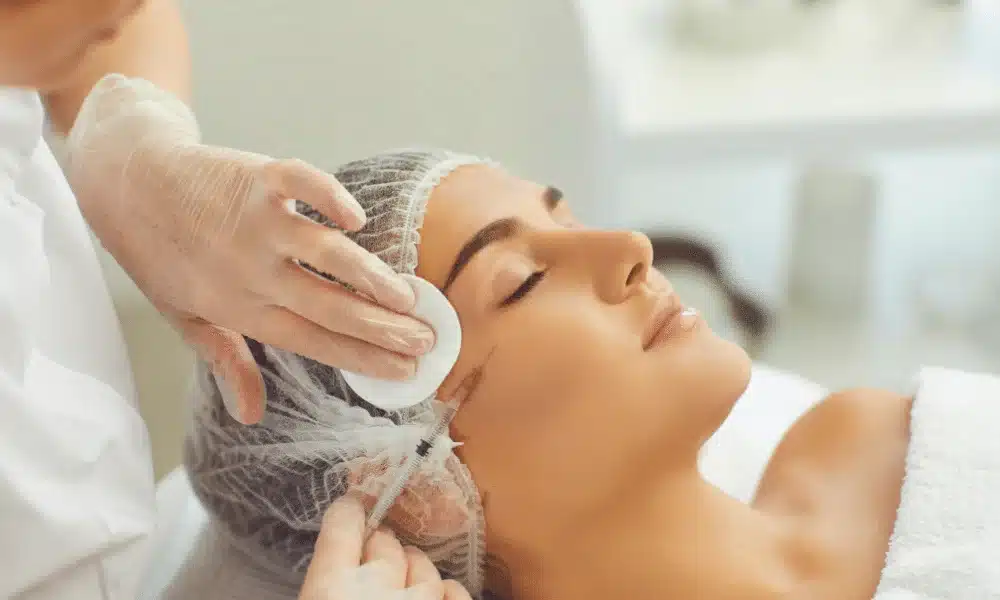
You can use a thick pillow (or two) to keep your head elevated.
In general, facial fillers often take seven to 10 days to settle. Most cosmetic doctors advise extreme caution for the first 48 hours after the filler treatment.
Indeed, fillers (e.g. lip filler, chin and jawline fillers, nasal fillers, undereye fillers) should have settled right enough to tolerate normal pressure. Hence, without lack of proportion or other issues by then.
Some practitioners advise caution for up to three weeks. The exact time depends on your current condition and your cosmetic doctor’s assessment, so please ask them before or after the procedure.
How Do You Sleep After Getting Cheek Fillers?
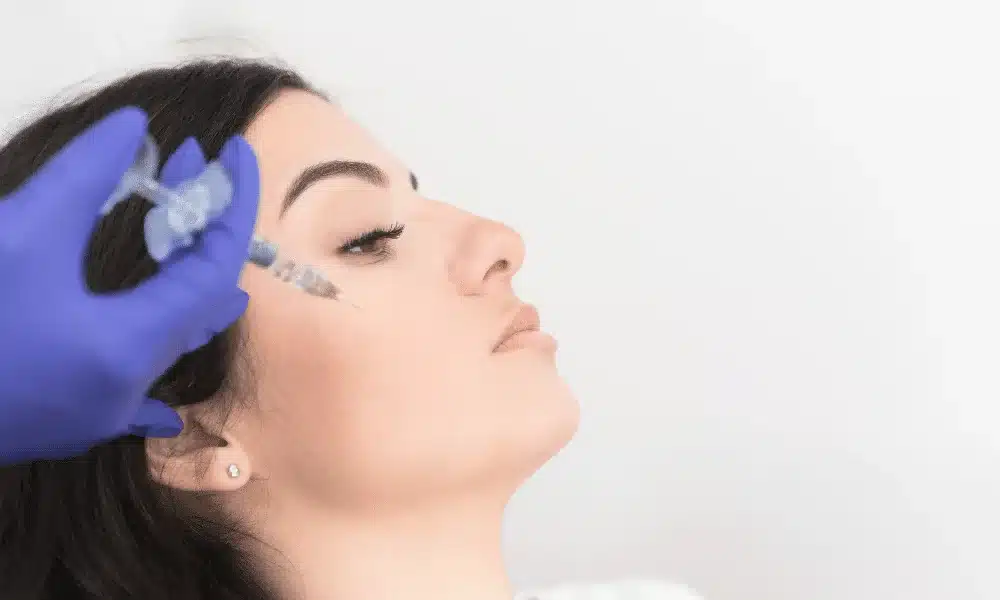
Sleeping on your back assists in the retention of fillers as they settle. Laying on your back with your head up also keeps fluids out of your head, which helps decrease swelling and bruising.
If you sleep on your side or stomach, sleeping on your back may not feel as comfortable. However, it can make a significant difference in maximising the outcomes of your dermal fillers.
Moreover, it’s just for a limited time, which pales compared to the year or more of youthful glow your treatment brings. Your new look will be well worth it.
Can You Sleep Laying Down After Getting Dermal Fillers?
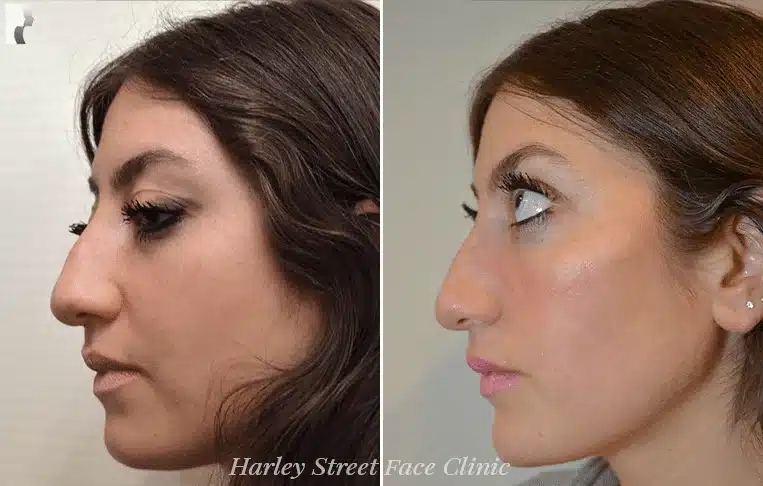
The answer is no. It may increase the risk of swelling and deformation on the injected site.
Stay upright for three to four hours after your dermal filler treatment. Moreover, avoid touching or applying pressure to the treated part. Doing so will keep the filler from spreading to other body parts.
Thus, ensuring that the newly-injected filler stays in the treated area.
Remember, Botox and dermal fillers take time to settle properly, so you must take care of your face until they do.
Dermal Fillers Do and Don’ts – Tips for a Better Result
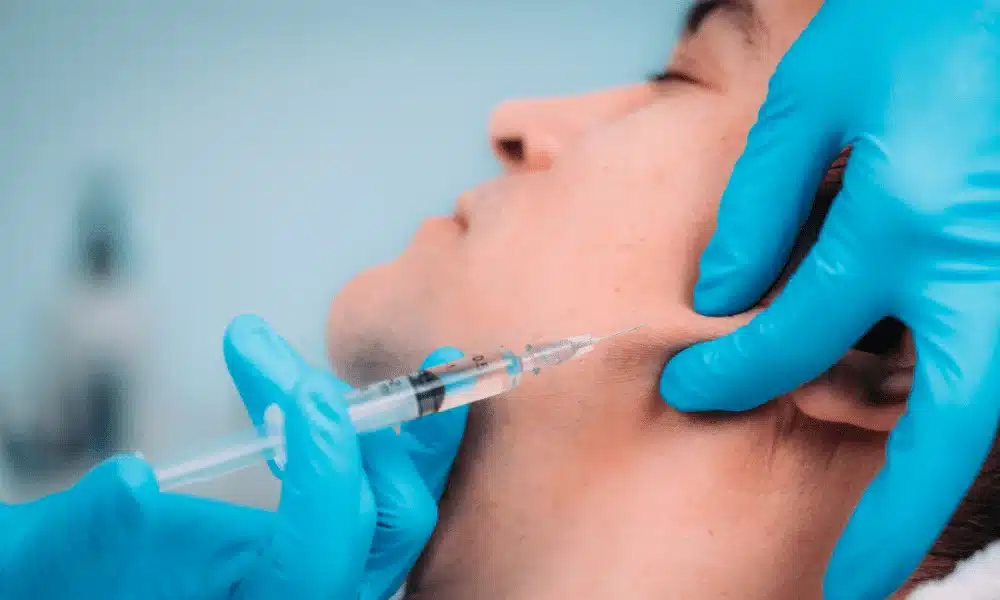
Follow these dermal filler treatments do’s and don’ts to get the most out of your filler injections:
Dermal Fillers Don’ts
-
Don’t Use Over-The-Counter Pain Medications Before the Procedure
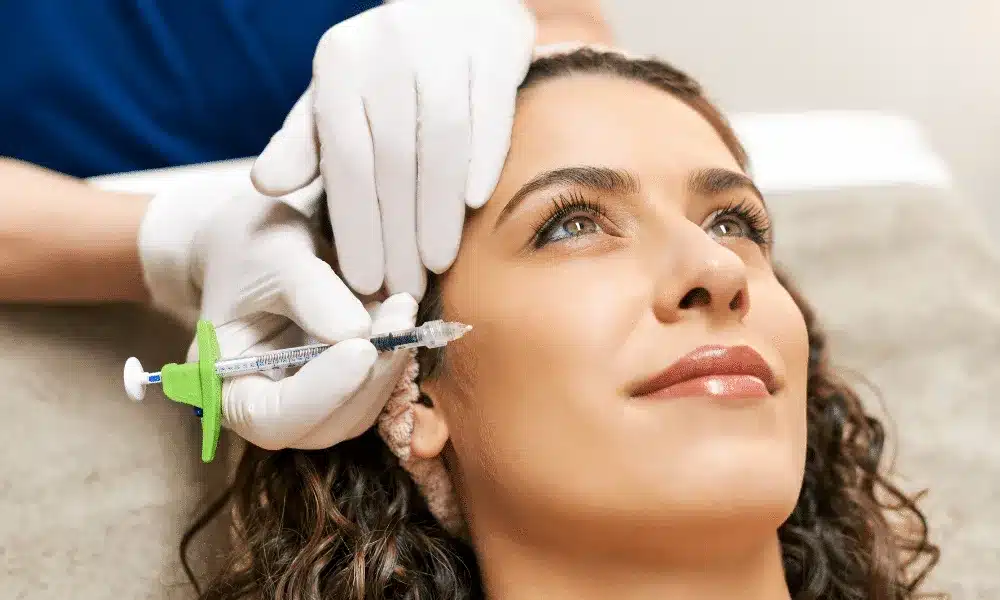
It is always possible for it to interfere with other prescriptions you are taking, just like any other drug.
Stop using over-the-counter pain medicines for at least a week before getting cosmetic injections. Blood-thinning medications such as aspirin and ibuprofen can increase the risk of bruising, bleeding, and problems during and after the injections.
Stop taking vitamins and supplements one week before your filler appointment. Your doctor can offer you a list of things to avoid, like ginseng, primrose oil, garlic, and vitamin E.
-
Don’t Drink Alcohol Before the Procedure
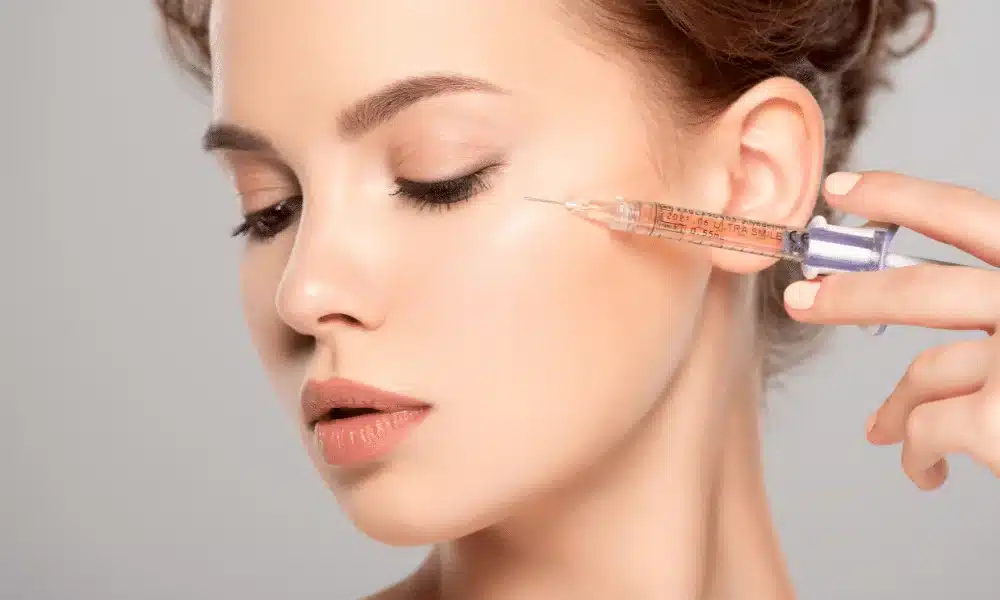
Alcohol, like over-the-counter pain medications, thins the blood. It might result in bruising and irritation.
It is also a good idea to avoid drinking alcohol for a day or two following the treatment to minimise irritation and possibly dehydration.
-
Don’t Use Topical Products
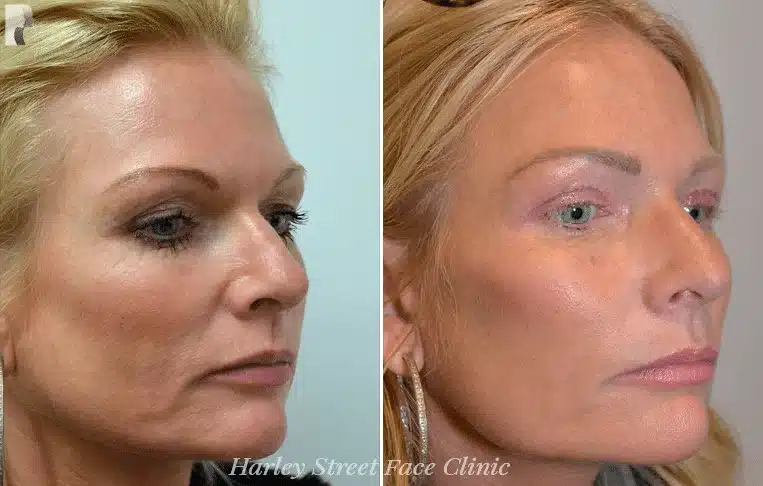
Also, avoid products containing glycolic acid, retinoids, and retinol. These can irritate your skin and can interfere with optimal results.
The majority of hair removal techniques and treatments are the same. Again, avoid facial waxing, tweesing, and bleaching near the treatment area for at least two days before the procedure. Avoid hair removal products as well, which frequently include harsh chemicals.
-
Don’t Give In to Pressure
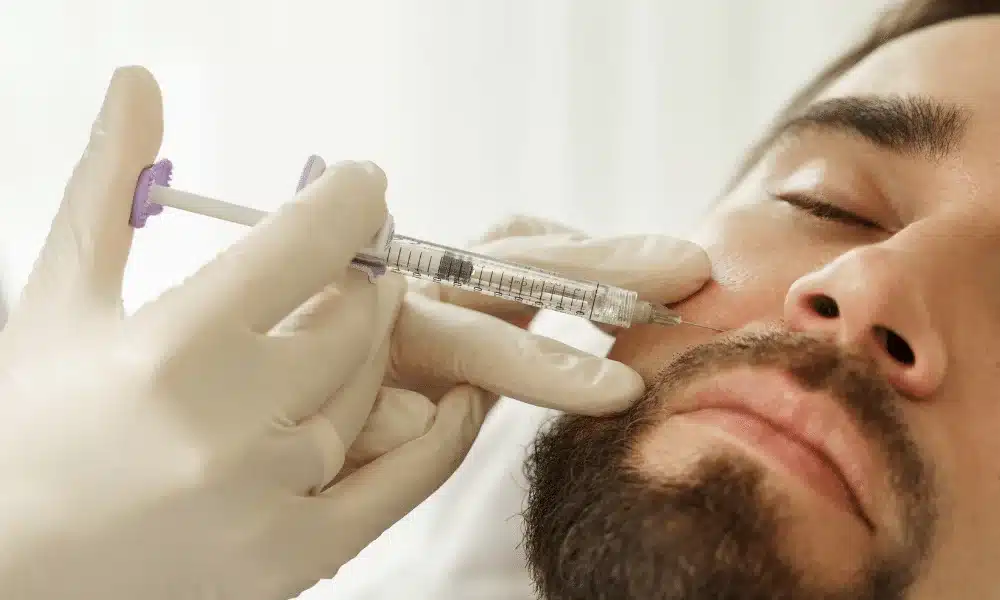
Take some time to consider it, especially if you have never had fillers before. Some clinics may forgo their consultation charge if you receive the operation the same day.
There may be problems if you are not well prepared. Get the fillers just when you’re ready.
Dermal Fillers Do’s
-
Do Delay Dental Procedures
Fillers, once administered, act like implants inside the body. It makes them vulnerable to localised diseases such as biofilm. Dental operations can cause germs to move into the bloodstream.
Furthermore, it contributes to illnesses like the ones stated above. To avoid this, we urge that you postpone all dental operations for two weeks before your treatment.
-
Do Plan Accordingly
Planning is a critical component of your filler treatment. We recommend scheduling your injectable treatments at least two weeks before any big event or celebration. It allows the injection site to recover and lets you appear at your best.
-
Do Speak Frankly and Openly With Your Doctor

It includes informing them about your current and previous medical issues. Also, if you are prone to getting face cold sores.
If you have a history of facial cold sores, needle punctures might increase the likelihood of an outbreak. Your plastic surgeons also need to know if you are pregnant or nursing. Finally, tell them about your allergies so they may give you a safe remedy.
-
Do Eat Fresh Pineapple or Pineapple Juice
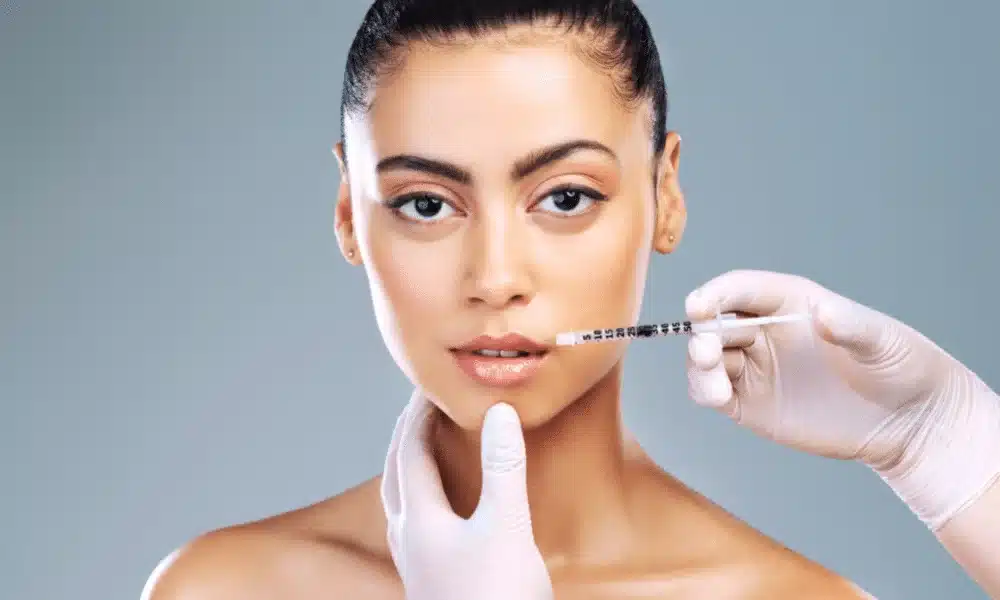
This all-powerful fruit contains bromelain, an enzyme that can help with bruising, healing, and inflammation.
The ideal method to consume pineapple for medicinal reasons is fresh and uncooked. It loses part of its enzymes when canned. Pineapple also contains a lot of vitamin C, fibre, and other minerals.
Here’s What Not to Do After Getting Cosmetic Injectables
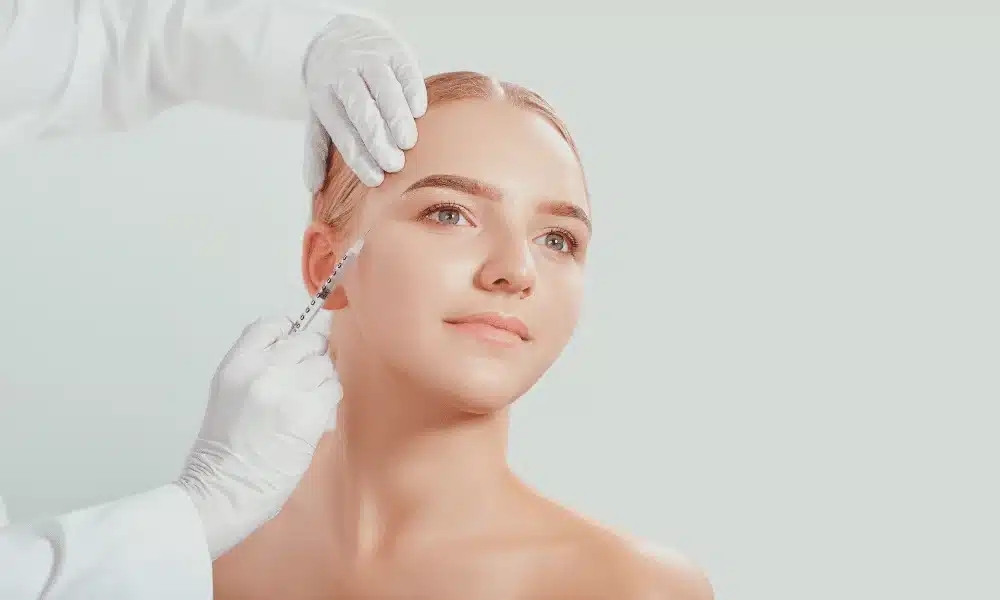
These two are the most commonly utilised injectable substances by plastic surgeons.
Here’s a list of things you should NOT do after proceeding with cosmetic injectables treatment.
-
Don’t Put Anything Constricting Over Your Treatment Area For 24-Hours After Injections
Avoid applying pressure to the treated regions for the first 24 hours following treatment since it may displace the injected product. Headbands, for example, would be OK because you were (most likely) not injected along the crown of your head. However, avoid baseball caps, helmets, turbans, and winter hats for the first 24 hours.
-
Don’t Do Strenuous Exercise
If you prefer to keep yourself occupied, you could consider going from your office to the gym. Resist the impulse! Significantly, you relax for at least the remaining days as part of your dermal filler injections aftercare.
Don’t do a hard workout for a few days post-treatment. You will most likely feel good and capable of exercising. However, the increased blood flow and activity may “nudge” the fillers out of position.
-
Don’t Wear Makeup
Wear no makeup for at least 24 hours following the treatment. Before applying cosmetics, the skin should be allowed to recover.
If you bruise easily or just enjoy expressing yourself with cosmetics, it might be difficult to avoid it following injections. Doctors don’t simply request that you refrain from wearing cosmetics to punish you; there’s a good reason behind it. Applying makeup needs some pressure, so doctors urge that you avoid touching your face.
Isn’t 24 hours of your lovely, makeup-free face worth a few months of less noticeable fine lines and wrinkles?
-
Don’t Get Exposed To UV Rays
Avoid direct sunlight for at least 48 hours after the injections. Sun exposure, especially if you receive sunburn, can cause skin damage.
-
Don’t Touch The Treated Area
To avoid shifting the fillers out of position, avoid rubbing, touching, or massaging the treated area. Wait at least 24 hours before applying any pressure to the damaged skin.
Also, it is common to have some itchiness at the injection site. However, doctors advise patients not to scratch, pick, or irritate the area.
Best Sleeping Positions After Dermal Filler Injections
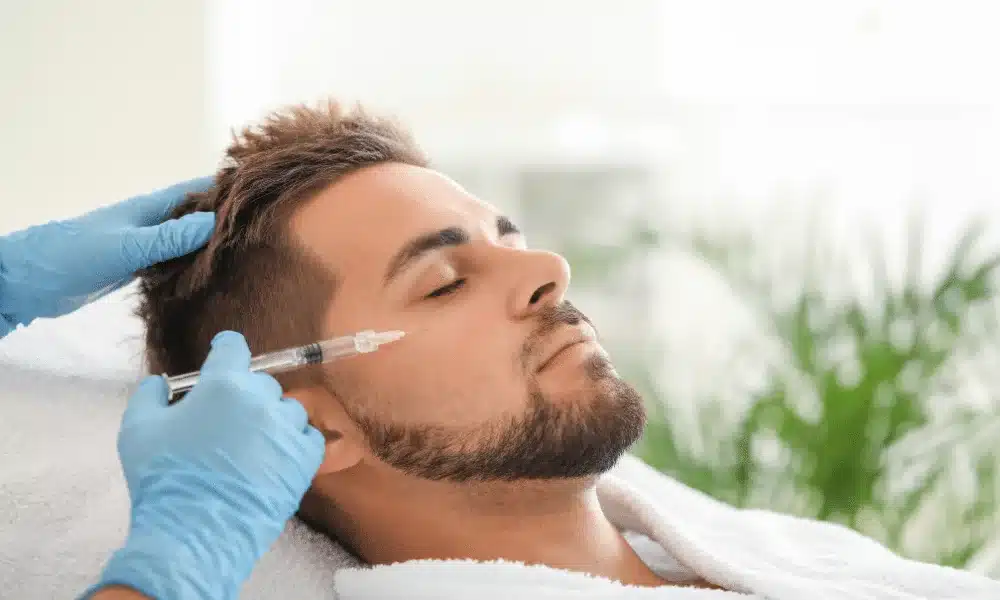
After any cosmetic treatment, sleeping on your back is the most secure posture. Sleep with your head elevated the night following your treatment to help avoid and reduce swelling.
Surround yourself with pillows when sleeping on your back to avoid rolling onto your side or your stomach. You must stand upright for 40-50 minutes following the treatment to allow the dermal fillers to remain in place. Applying pressure to the injection sites may cause the filler to migrate.
Dermal fillers, unlike other fillers, are not as pressure sensitive. However, you must still know how to sleep after dermal fillers. Some patients prefer to sleep on their backs for 48 hours after the treatment. Although, there is no solid clinical evidence that this affects the outcome.
How you sleep after dermal fillers is entirely up to you, as long as you don’t sleep on your stomach, which puts additional pressure on your face.
Working Out After a Dermal Filler Treatment
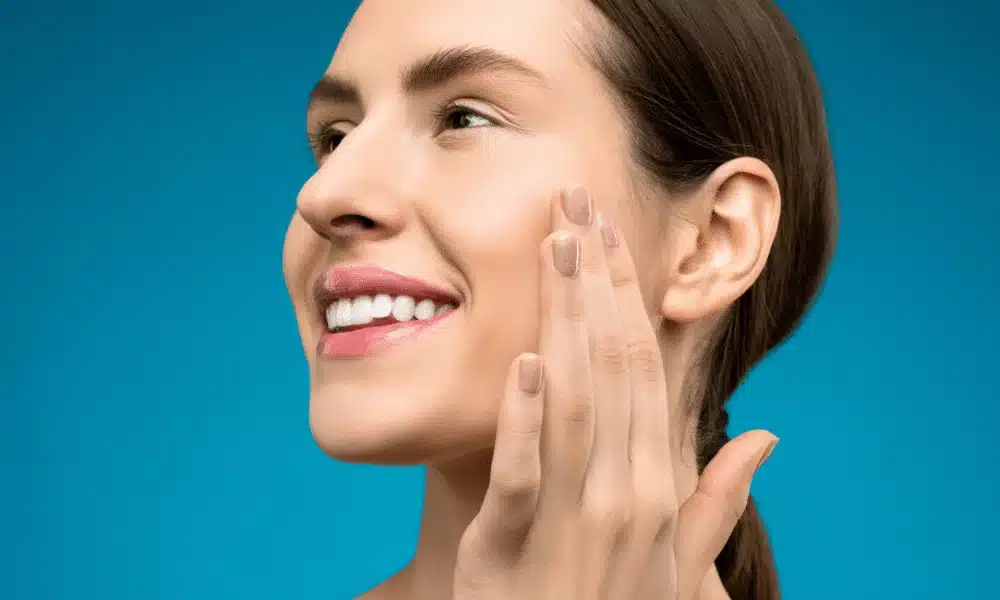
What does your recent face rejuvenation procedure have to do with cardio or weight lifting?
Doctors recommend avoiding activity to decrease bruising. Many people use fillers because they can deliver good benefits in a very unobtrusive manner. In other words, you won’t have to hide behind closed doors following your therapy.
The only thing that might jeopardise this benefit is severe bruising at the injection site.
Side Effects of Dermal Fillers and How to Treat Them
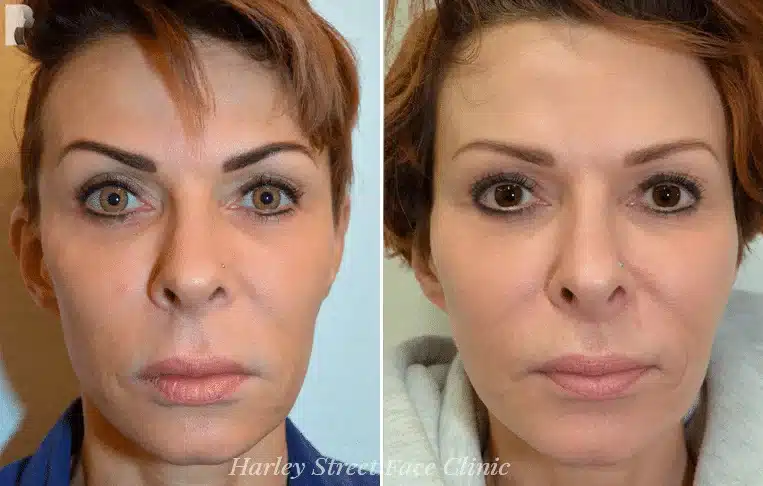
These responses range in intensity and duration following treatment. Here are the side effects of dermal fillers:
-
Redness
Filler administered near the skin’s surface causes redness at injection sites. It is an inflammatory reaction that should resolve within 24 hours.
On the day of treatment, apply a cold compress for 10 minutes every hour (do not apply ice directly on your skin). A cold compress used frequently during the first 24 hours after injections may help to minimise redness. Certain patients use it before and after therapy to relieve redness.
-
Numbness
Typically, the filler product has some local anaesthetic in its gel, which might cause numbness in the injected region. Usually, the sensation returns in 2-3 hours.
Filler-induced facial numbness resolves on its own. There are no medications available to treat face numbness at the moment. Over-the-counter pain relievers, prescription pain relievers, and corticosteroids may help with facial numbness, such as pain and discomfort. Ask your doctor for the exact medicines you need.
-
Bruising
Bruising is a popular side effect of getting dermal fillers. Moreover, injections can damage small blood vessels. Several factors can influence how much you bruise, making it difficult to forecast how much you may have. Generally, you should expect your bruises to last three to five days.
Patients using aspirin, fish oil, or other medicines that are known to cause bruising may be at higher risk. There are over-the-counter bruise remedies available, including Bruderm and Hirudoid.
-
Sensitivity
You might feel some discomfort after the injection. The degree of the response determines the treatment needed for your sensitivity.
Many hypersensitivity responses are mild and go away within hours or days. Ask your doctor for prescriptions if you experience this.
These side effects might also occur after you get Botox injections or Botox treatment. Since Botox injections are non-surgical cosmetic treatments, you might experience side effects from them.
Heat and Sun – What You Need to Know
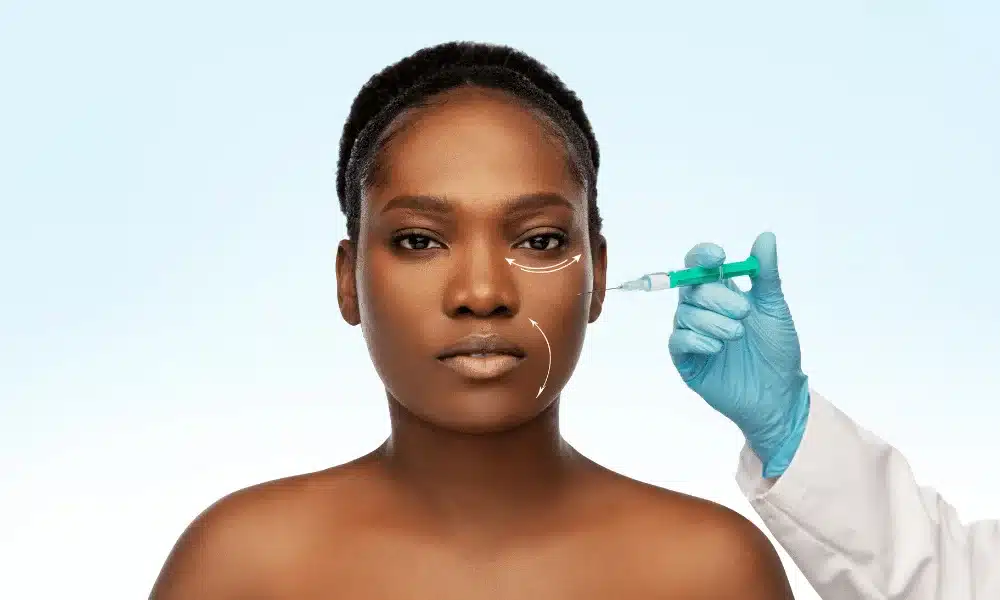
Sun exposure may diminish the desired benefits of fillers or aggravate the skin’s reaction to the procedure throughout the healing phase.
Intense heat on the skin might cause your filler to degrade faster or give less effective results. Avoid too much exposure to high temperatures for at least 24-48 hours following your session.
Pre and Post-treatment Care Is Very Important
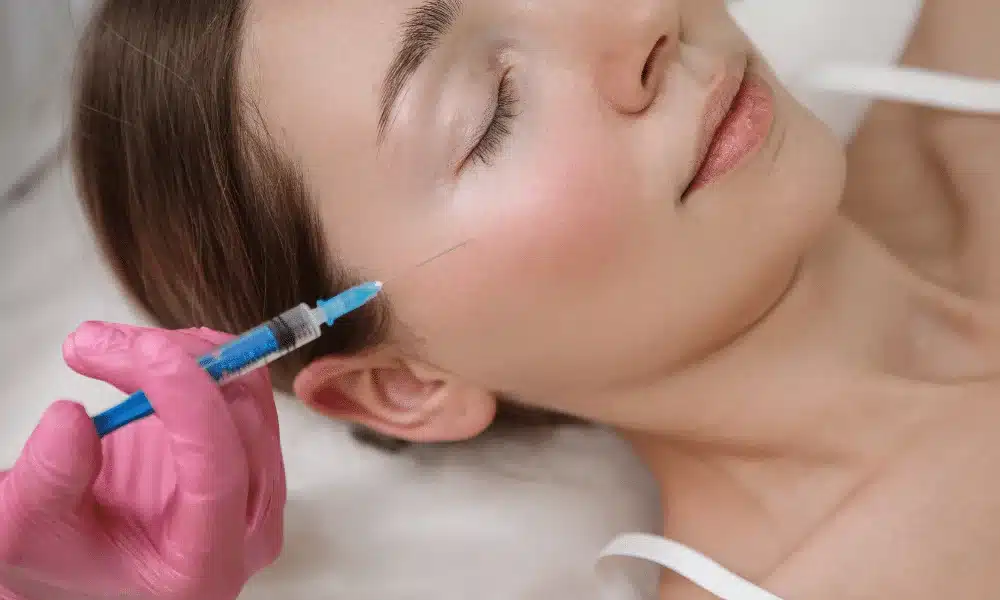
Pre-treatment and post-treatment care for dermal fillers procedure are equally as crucial as the injections themselves. Knowing the primary do’s and don’ts will help you avoid frequent post-injection pitfalls. By doing this, you allow yourself to get the best outcomes.
Visit Dr. Julian de Silva – Harley Street, London
Are you looking for safe and effective dermal fillers? Contact us to book a consultation now!
Our skin clinic is one of the top providers of dermal fillers in London, so you can look forward to excellent results. You may visit us at 23 Harley St, London W1G 9QN, UK.
